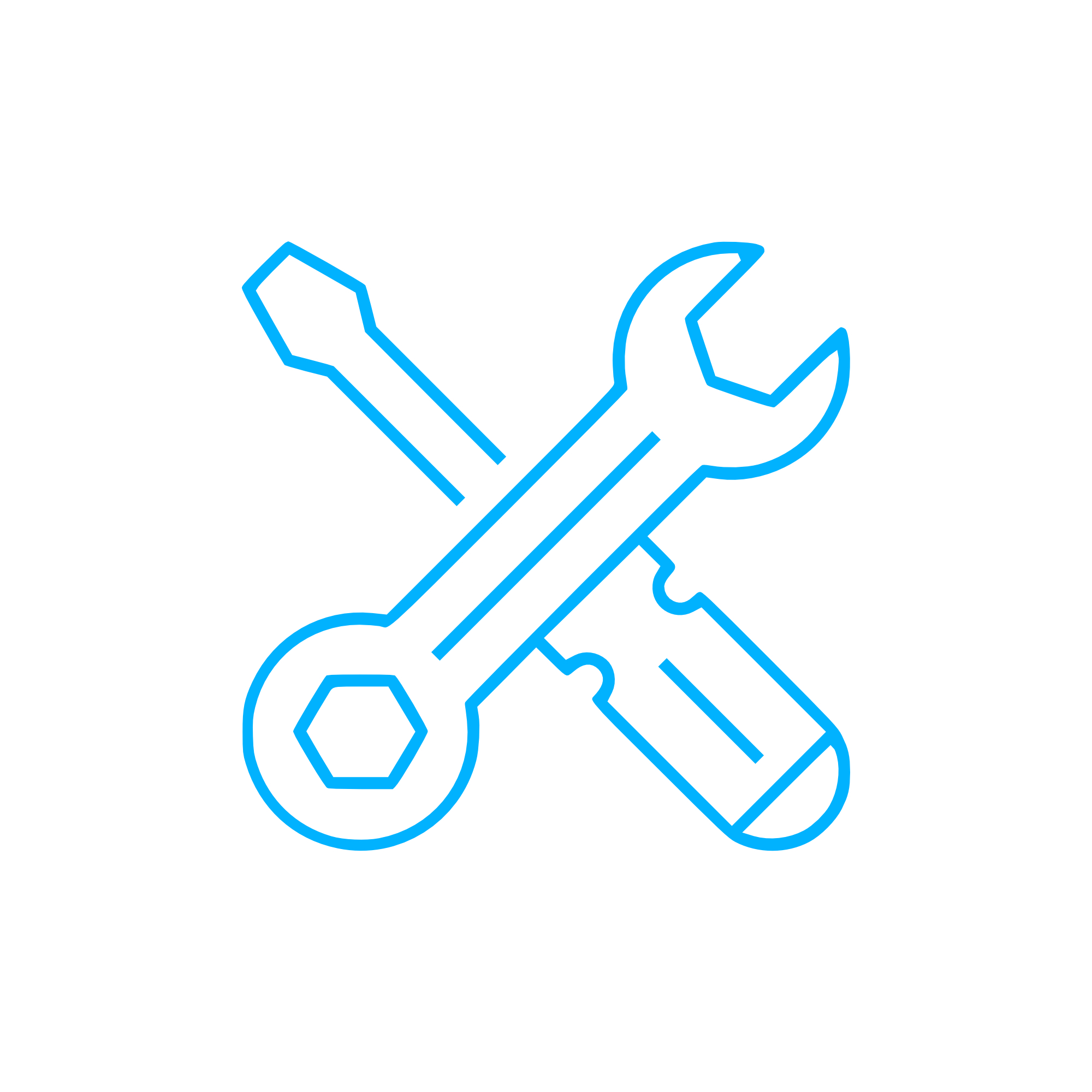TOOL equipment for diesel and marine engines – professional Tools for service and overhaul
Tools in this category are precision service instruments and fixtures designed for the safe assembly, calibration, inspection, and overhaul of engines. From medium-speed marine engines to high-speed industrial diesel and gas units, these Tools make critical procedures reproducible and compliant with OEM specifications. By enabling accurate torque, alignment, timing, sealing, and measurement, they help protect core components, stabilize performance, and extend service life across demanding propulsion and power-generation applications.
Technical function of TOOL solutions in diesel and marine engines
In engine programs, Tools serve as the interface between maintenance personnel and exacting mechanical tolerances. Dedicated fixtures and gauges position parts in their correct spatial relationships; torque and tensioning devices deliver repeatable clamping loads; extraction and press-fit Tools prevent collateral damage during disassembly and assembly; and metrology Tools verify that wear limits and geometry remain within specification. Each function contributes directly to efficiency, emissions, and safety.
Typical examples include injector pullers and nozzle seat cutters that preserve fuel-system integrity; dial-bore gauges that confirm cylinder liner geometry; hydraulic tensioners for uniform head-bolt loading; alignment Tools that set crankshaft and alternator centerlines to avoid bearing stress; and timing discs or jigs that lock camshafts for precise phasing. A well-designed TOOL diesel engine set ensures that gasket crush, liner protrusion, and gear backlash are correct the first time, avoiding rework and preventing early-life failures after overhaul. In the maritime sector, TOOL marine engine kits support on-board maintenance with ruggedized materials and corrosion-resistant finishes to withstand salt-laden environments.
Because service instructions reference defined tool IDs and procedures, the right TOOL OEM parts interfaces—such as mandrels, collets, and adapters—ensure dimensional compatibility with current engine revisions. This compatibility lets technicians apply specified loads and measurements without improvisation, delivering predictable results that align with performance baselines and safety margins.
- · High-precision fit to engine geometries and fastener profiles.
- · Calibrated torque and tensioning for consistent clamping force.
- · Robust steels, heat treatment, and coatings for long service life.
- · Measurement accuracy that supports emissions and fuel-efficiency targets.
- · Purpose-built extraction/installation to prevent component damage.
- · Clear identification and documentation for procedural compliance.
- · Compatibility with multiple engine families and revisions.
- · Reduced downtime through faster, safer maintenance steps.
Importance of TOOL Tools for reliable engine operation
Tools are fundamental to engine reliability because they control the variables that most often cause unplanned downtime. Incorrect torque can lead to head-gasket leaks, fretting, or fastener stretch; poor alignment accelerates bearing and seal wear; and inaccurate timing increases fuel consumption and emissions while elevating thermal and mechanical loads. Without the correct TOOL equipment, technicians may resort to makeshift methods that introduce variability and hidden damage, such as scored bores, distorted housings, or cracked seats. Over time, these deviations compound into higher specific fuel oil consumption, rising vibration, and shortened overhaul intervals.
For shipowners and plant operators, consistent tool usage translates into predictable equipment behavior: stable lube-oil conditions, clean combustion, and compliant exhaust aftertreatment performance. It also improves safety by minimizing the risk of sudden failures caused by improperly seated components or overstressed fasteners. Ultimately, investing in the right Tools safeguards the engine block, cranktrain, and auxiliaries—the most costly assets to repair or replace.
OEM spare parts suitable for TOOL applications: performance, reliability, budget, service life
Using OEM spare parts that are dimensionally matched to the Tools and procedures specified for your engine delivers a measurable operational advantage. Precision components seat correctly, present the right surface finishes to seals and bearings, and respond predictably to calibrated clamping loads. That means your torque, tensioning, and alignment Tools achieve their intended results—tight joints remain tight, rotating assemblies stay true, and clearances are held within design windows.
From a performance perspective, matched parts and Tools keep injection events, compression ratios, and gas-exchange timing on target, sustaining fuel efficiency and power density. Reliability improves because repeatable fits and finishes reduce micro-leak paths, fretting interfaces, and thermal hotspots. The budget impact is equally clear: correct installation minimizes rework, prevents secondary damage, and lengthens service intervals, lowering total cost of ownership. Service life benefits follow, as stable loads and lubrication conditions slow wear on liners, pistons, bearings, and valve train elements. When combined with a complete TOOL OEM parts workflow—specified lubricants, consumables, and torque verification—operators achieve consistent results across fleets and sites.
MOPA: fast, secure supply of OEM parts and TOOL equipment for diesel and gas engines
MOPA is a reliable partner for purchasers and technical teams who require rapid, dependable access to OEM spare parts and specialized TOOL equipment for diesel and gas engines. With proven sourcing processes, stringent quality checks, and secure logistics, MOPA reduces lead times and risk across the entire transaction. The team supports marine engine operators and power plants alike with documentation, traceability, and guidance on the correct tool-part combinations for specific engine models and serial ranges.
Whether you need a complete TOOL marine engine kit for dry-dock overhaul, calibrated torque and tensioning equipment for a critical path shutdown, or model-specific adapters to interface with updated component revisions, MOPA delivers speed, quality, and transactional security. That means fewer delays, proper fit and performance, and the confidence that your maintenance plan will meet schedule and compliance requirements.
Conclusion: TOOL Tools and OEM spare parts for optimal engine outcomes
Tools enable accurate, repeatable engine maintenance—protecting performance, efficiency, and safety in marine, diesel, and gas applications. When combined with OEM spare parts suitable for these TOOL workflows, operators gain reliable fits, fewer failures, and longer service life at a competitive total cost.


